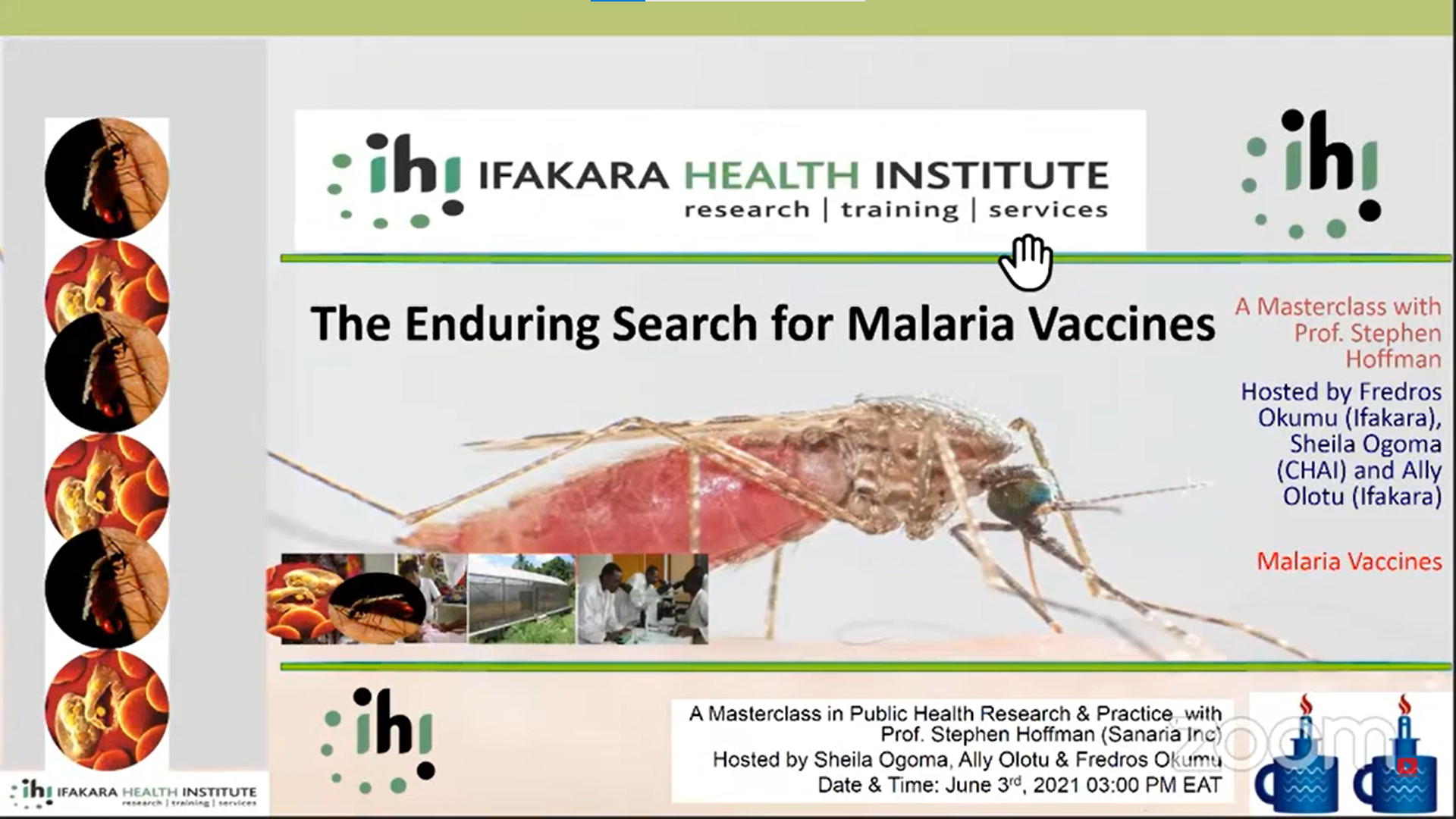Last Updated: 02/12/2024
In vitro bioreactor production of a genetically modified late liver stage-arresting replication competent Plasmodium falciparum sporozoite vaccine
Objectives
To optimize in vitro production and purification of iPfSPZ-LARC2, produce aseptic, purified, cryopreserved iPfSPZ- LARC2 and demonstrate these iPfSPZ-LARC2 are infectious, and can develop into late liver stages but are attenuated.
In 2020 malaria caused 241M clinical episodes and 627,000 deaths, a significant increase from 2019. There were more deaths in Africa from malaria than from COVID-19. There is an urgent unmet medical need for a malaria vaccine that prevents infection and disease in individuals and can be deployed in mass vaccination programs for malaria elimination. Based on results of a pilot implementation program in >500,000 infants, RTS,S/AS01 was recommended in late 2021 by WHO for immunization of 5-month-olds with 4 immunizations administered over 21 months. RTS,S significantly reduced hospital admissions for malaria by 21% and severe malaria by 30%. It did not significantly reduce cerebral malaria, severe malaria anemia, or overall mortality, or prevent Plasmodium falciparum (Pf) infection. Of vaccines under development, only Sanaria’s PfSPZ vaccines have the efficacy against Pf infection to be considered for prevention of Pf infection in individuals or for geographically focused Pf malaria elimination campaigns. Sanaria’s 1st generation vaccine, PfSPZ Vaccine, is comprised of radiation-attenuated Plasmodium falciparum (Pf) sporozoites (SPZ), which arrest early in the liver stage. Phase 3 clinical trials will begin in mid 2022, and marketing authorizations in Europe (EMA) and the US (FDA) are planned for 2023/2024. Sanaria’s 2nd generation vaccine is PfSPZ-CVac (Chemoprophylaxis Vaccine). In PfSPZ-CVac, the parasites replicate in the liver, biologically amplifying the immunogen load by up to 50,000-fold and then are killed by an anti-malarial drug. PfSPZ-CVac co-administered with chloroquine (CQ), gave 100% vaccine efficacy (VE) against heterologous controlled human malaria infection (CHMI) 12 weeks after vaccination using 22% the dose of PfSPZ needed to achieve 80% VE against heterologous CHMI with PfSPZ Vaccine. PfSPZ-CVac (CQ) is more protective than PfSPZ Vaccine at ~1/5 the dose. However, transient symptoms of malaria can occur after 1st dose of PfSPZ, and if CQ is not administered appropriately, parasite multiplication in the blood could cause severe malaria. To retain the enhanced potency of PfSPZ- CVac and eliminate its drawbacks, Pf was genetically altered to be able to fully replicate, but arrest prior to entering the blood by deleting a single gene. The first of the late arresting replication competent (LARC) parasites called PfSPZ-LARC1, was completely attenuated in mice with humanized livers and in humans. To increase the potential safety of PfSPZ-LARC vaccines, a parasite was created with two genes deleted, PfSPZ- LARC2, which also arrests late in the liver stage. Sanaria has also achieved in vitro production of PfSPZ, referred to as iPfSPZ, thereby eliminating the need for mosquitoes in manufacturing PfSPZ vaccines and significantly increasing efficiency and decreasing costs of producing PfSPZ vaccines. In the next phase, iPfSPZ-LARC2 will be manufactured for assessment in clinical trials.
Jun 2022 — May 2024
$300,000
